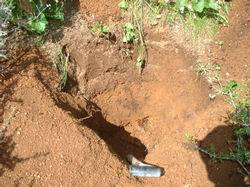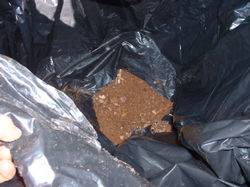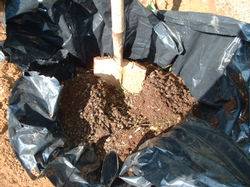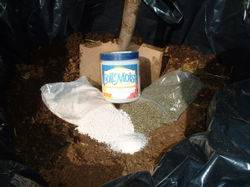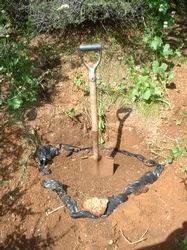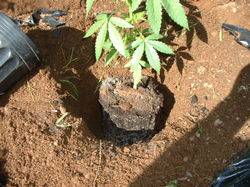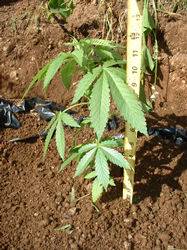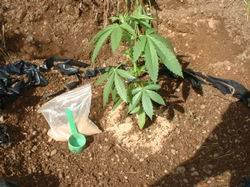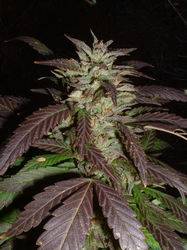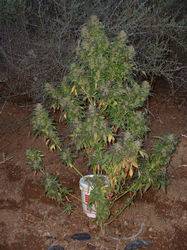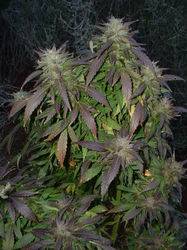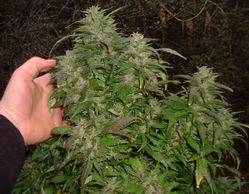Nicol Bolas
Member
I'm doing a fire-and-forget grow and won't be able to water my babies much at all this summer. I'm growing at 42 N in an area with somewhat unpredictable summers in respect to rainfall - there will likely be a drought at some point this summer. What tricks/amendments do you use when preparing your plot to help your soil retain moisture, yet not rot when it does rain?


